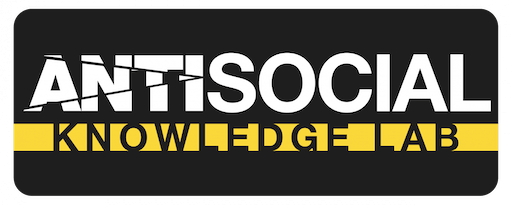Validate A Safe Website

An increasing amount of life’s processes are becoming virtual, from paying tax to booking in at the hairdressers.
Criminals will deceive you in order to gain your personal information and steal your data. By impersonating trustworthy domains (websites) they can siphon away even your most sensitive data.
If you have never used a certain website before and you are curious about it’s legitimacy, often looking at the domain and how it is constructed will give you an indication as to whether or not it is trustworthy.

Another simple, but often effective technique, is to search using a search engine, ‘Is *Website Name* a scam?’. Using other people’s recommendations or previous experiences can help you make a judgement whether you should trust the site.
Checking the certificate of the website will confirm if the site is secure, but even it is, it doesn’t mean its safe. Criminals can get their malicious site secured with https:// but this doesn’t mean you should trust them. Getting into the habit of checking certificate will help you identify whether the website is more likely to be trusted with your data. You can check the certificate by selecting the padlock next to the domain in the URL bar. Make sure it belongs to the website your visiting and its valid.
Top 5 Tips
- Lookout for less common top level domains.
- Question the legitimacy of a domain if it looks like one you usually visit.
- Certificates should be checked for security, but it doesn’t always mean it is trustworthy.
- Search ‘Is *Website Name* a scam?’ for other people’s experiences.
- Using a credit card offers more protection than debit cards for online purchases. This can only be done for purchases over £100.






Responses